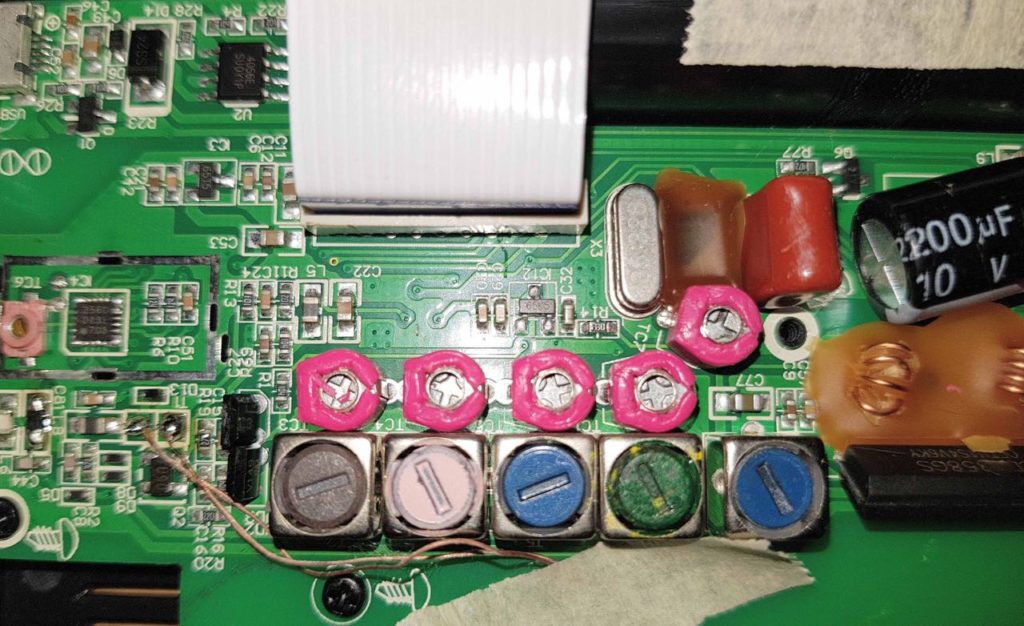Many thanks to SWLing Post contributor, Emilio Ruiz, who writes:
Hi Thomas,
I’m writing because found this (interesting) analysis about radio
components and the impact on radio receiver quality:http://www.geocities.ws/shreddermanrulz/myth1.htm
I think may be are interesting topic for readers of the SWLing Post.
This is interesting, Emilio. Thank you for sharing. Although the reason the author put together this post was to refute IBOC’s claims about testing AM receivers, it is also a fascinating look into cheap AM radio/receiver design. Thank you for sharing!


..are we stuck with this 100 year old Medium wave transmission & receiver technology?…..looks like IBOC, DAB,DRM, went NO place! The problem with digital transmission, is that there is no such thing as DX’ing (as in the AM analog systems!)…either the signal is STRONG or it’s NOT there…!…’am I right?
Unfortunately I would have to disagree here. RF is RF, regardless of what you transmit. Simply the threshold at which you get a usable signal is different.
On a good tropo opening(including one this past autumn), I’ve managed to pick up *digital* stations as far as 900-1000 km away with a simple telescopic whip. In fact, definitely due to the fact FM band is far far more crowded, the distances on FM have tended to be less than that. For example when big Norwegian transmitters were still on FM, I could only get them via e-Sporadic.
I’d point out that the last radio, the one using an SC1088, is a very different design. It converts down to a fairly low frequency, and uses active filters for selectivity.
He says it lacks a ceramic filter, but that’s the design.
There’s a radio earlier on the page that has no ceramic filter, I suspect it uses something different yo.
So I’m not sure how valuable the page is, at the very least he’s expecting “standard” superhets and when they don’t fit, makes some rule so they fit. The two button radios are really cheap, but the minute I looked inside one, I figured something else, and found an IC that fit as a result.
Michael
Well, to say the least, the above came to NO surprise to me; all in all a whole lot of “far east” products are just copycats of some base circuit which gets adapted to different containers, so the fact that most if not all the receivers came from some common root isn’t a surprise; and things don’t just stop there, the same is true for (e.g.) internet routers (and other devices), in such a case, not only the hardware is the same, but the firmware too is a copycat with just little customization (e.g. add the branding on the router’s web admin page) and, by the way, the same is true for other appliances (TV sets, HiFi, Dish Washers…); it’s just the “if it works and doesn’t break, keep it as is”, applied to market scale
I really enjoyed reading shredderman’s rant. Granted, most consumer radios are purchased without much thought given to how they perform. So if it can be made cheaper, it will be. And surprisingly, they work quite well.
Based upon the radios that he used, I got suspicious and I checked the date on the web site. It seems to have been written in 2011. I wonder how the radios of today stack up.